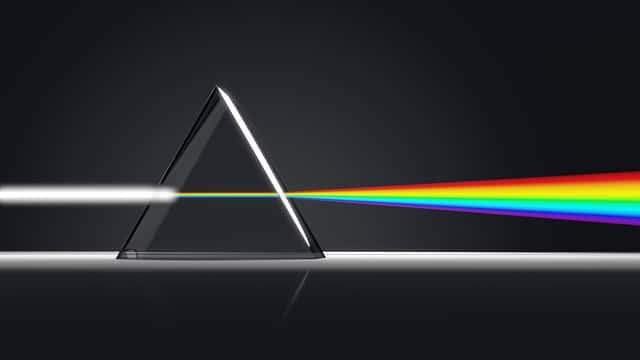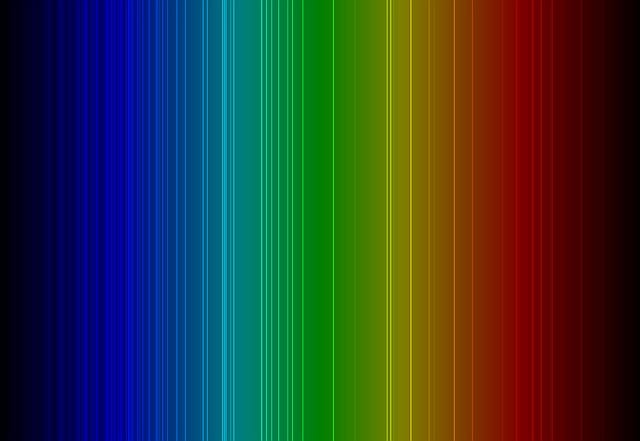
A spectroscope allows obtaining and viewing a spectrum.
To understand the concept of a spectroscope , a first step is to pay attention to its components. The term is formed with the noun spectrum and the compositional element -scope .
The idea of spectrum , in physics , refers to how the intensity of radiation is distributed by virtue of a certain magnitude . The graphic representation of said distribution is also called a spectrum. As for -scope , it refers to an instrument that is used to study or observe something .
What, in short, is a spectroscope ? It is a device that is used to obtain and display a spectrum .
Light analysis
The most common spectroscope is the one intended for the analysis of the properties of light , generally measuring luminous intensity . From this examination, it is possible to know data on different properties of the elements and a wide range of phenomena.
A Gustav Kirchhoff y Robert Bunsen se les atribuye la invención del espectroscopio en la mitad del 19th century. Otros científicos, de todos modos, ya habían desarrollado appliances similares con anterioridad.
Primitive spectroscopes based their operation on the division of visible light into different colors . For this they had glass prisms that dispersed the light radiation. Over time, multiple techniques emerged and numerous types of spectroscopes were created.

By analyzing the spectrum generated by a spectroscope, useful information can be deduced.
What is a spectroscope for?
Spectroscopes, as we already indicated, are responsible for separating light into the colors that compose it , thus presenting a spectrum. These colors are associated with wavelengths . In this way, these artifacts are used to know features of the elements that emit light.
The colors that appear in the spectrum reveal the intervention of different elements, since each element generates a distinctive color. This reality opens the door to analyzes and studies of various kinds.
A researcher, in this framework, is in a position to deduce information about the molecular or atomic characteristics of matter from the observation of the spectrum. In other words: by dividing light into its different wavelengths (perceived by people as different colors), the spectroscope allows the scientist to know what chemical elements are found in the light source in question.
Its use in astronomy
Many sciences use spectroscopes to generate knowledge. One of them is astronomy , dedicated to the study of celestial bodies (the stars that are located in the sky).
By combining a telescope (which enlarges the image of distant objects, such as stars or planets) with a spectroscope, the astronomer can examine the light coming from the stars. This inspection is useful to know what elements make up stars or are found in a distant atmosphere, to mention two possibilities.
Spectroscope and other similar concepts
It is common for the spectroscope to be confused with other devices or procedures that have a similar name. The spectrograph , for example , is a spectroscope used specifically to obtain spectrograms (visual representations of spectra).
To study the composition of the light emitted by a source, a spectrometer is used. A spectrophotometer , meanwhile, is used to perform measurements in the field of spectrophotometry (the method that measures the level of light absorbed by a substance based on a specific wavelength).
